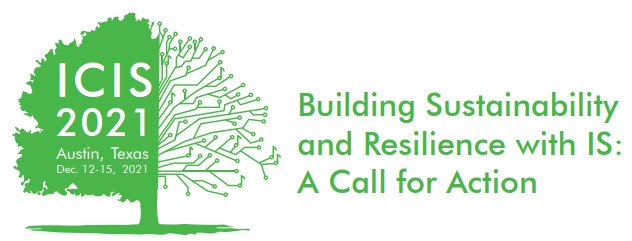Data Analytics for Business and Societal Challenges
Loading...
Paper Number
1547
Paper Type
short
Description
Bankruptcies can have serious implications for regulators, investors and the economy due to increasing systemic risk in modern times. The state-of-the-art machine learning forecasting solution may involve using ensemble approaches such as stacking and other weight averaging methods. However, most of the ensemble methods focus on building one single global meta classifier by which we do not know much about how this model handles heterogeneity of firms in different industries. We propose a new algorithm that can better address the heterogenous nature of firm properties for bankruptcy prediction. In addition, our ensemble model is designed to work with any existing classification algorithm, to better handle the low proportion of bankruptcy cases, and can incorporate human-specified rules from domain knowledge. Our preliminary experiment results indicate that our proposed model can indeed improve the prediction performance on five commonly used classification algorithms.
Recommended Citation
Quek, Joel and Huang, Ke-Wei, "Generalist Leaders, Specialized Subordinates - An Ensemble Learning Approach for Bankruptcy Prediction" (2021). ICIS 2021 Proceedings. 6.
https://aisel.aisnet.org/icis2021/data_analytics/data_analytics/6
Generalist Leaders, Specialized Subordinates - An Ensemble Learning Approach for Bankruptcy Prediction
Bankruptcies can have serious implications for regulators, investors and the economy due to increasing systemic risk in modern times. The state-of-the-art machine learning forecasting solution may involve using ensemble approaches such as stacking and other weight averaging methods. However, most of the ensemble methods focus on building one single global meta classifier by which we do not know much about how this model handles heterogeneity of firms in different industries. We propose a new algorithm that can better address the heterogenous nature of firm properties for bankruptcy prediction. In addition, our ensemble model is designed to work with any existing classification algorithm, to better handle the low proportion of bankruptcy cases, and can incorporate human-specified rules from domain knowledge. Our preliminary experiment results indicate that our proposed model can indeed improve the prediction performance on five commonly used classification algorithms.
When commenting on articles, please be friendly, welcoming, respectful and abide by the AIS eLibrary Discussion Thread Code of Conduct posted here.



Comments
14-Data